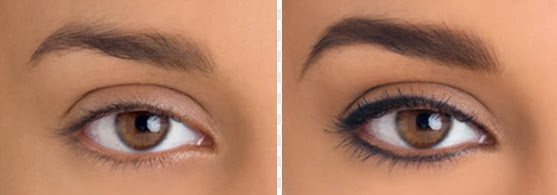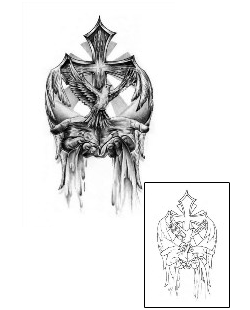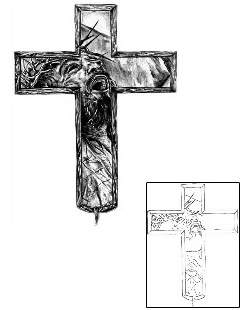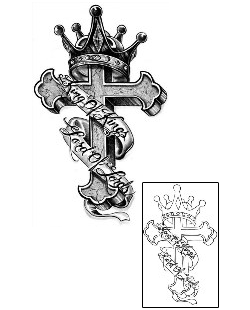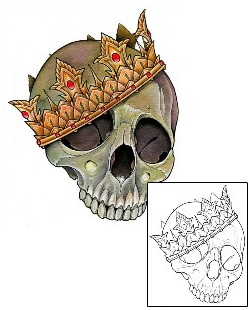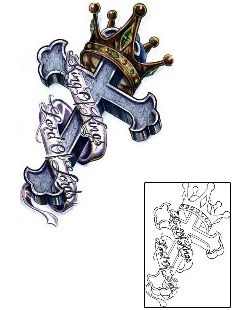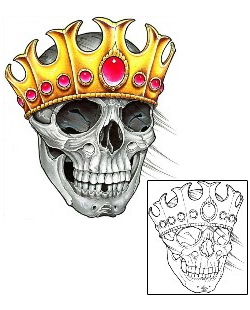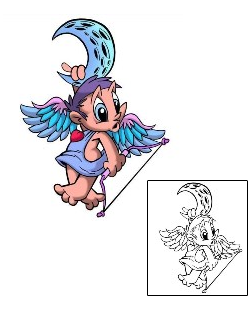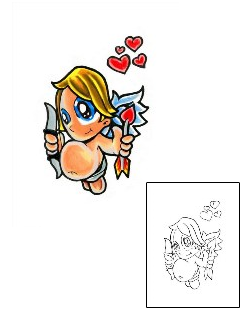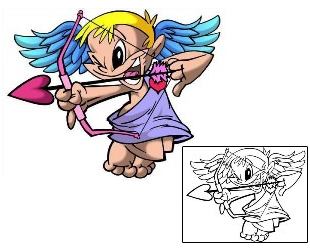When most people think of cosmetic tattoos, they think of lip liner tattoos and permanent makeup that will not wash off in the shower or in the pool. Many women in particular find this type of tattoo particularly attractive because they believe that it will free up time in the morning or that they will no longer fear getting wet or being active with their loved ones because they will not have to worry about makeup smearing and revealing their flaws. While our cultures dependency on cosmetics is of debatable merit, the fact remains that cosmetic tattooing is a highly attractive and highly available option. However, there is little objective information out there about the pros, cons and various options when it comes to cosmetic tattoos.
Cosmetic tattooing is also called permanent cosmetics, semi-permanent cosmetics, permanent makeup and micropigmentation. These titles developed in large part because cosmetic tattoo practitioners and dermatologists feared that leaving the word tattoo in the name would frighten off a large portion of their target demographic, who might fear that tattoos would be too painful or who would never consider getting a more traditional tattoo as a form or body art or personal expression. However, cosmetic tattooing, no matter what it is called in the promotional materials, is still tattooing. A tattoo gun is used to insert ink under the skin in an invasive procedure that punctures the skin and forces in the ink. This sounds gruesome, but actually it is no different than getting any other type of tattoo and the same type of equipment is used, though it may have been customized to fit the cosmetic tattoo artist's needs and preferences.
Cosmetic tattoo artists, like regular tattoo artists, go through extensive training to learn how to design and implement cosmetic tattoos. However, a traditional tattoo artist generally will not do cosmetic tattoos any more than a cosmetic tattoo artist has any business inking a butterfly tattoo on your shoulder. Cosmetic tattoo artistry requires experience in understanding how colors work with skin tones and also how the lines of the face are affected by the application of makeup. Many cosmetic tattoo artists are also licensed cosmetologists, and you should inquire about this certification before you agree to any cosmetic tattooing. Just like traditional artistic tattoo artists, cosmetic tattoo artists are required to have many hours of training before they should go out on their own and start tattooing. A good cosmetic tattoo artist will be able to show you an ample portfolio of work (both before and after pictures) as well as provide you with references if you request them.
There are a lot of reasons that you might be interested in cosmetic tattooing:
Tattooed lipstick and lip liner can make lips appear fuller.
Many women who have age lines around their mouths or whose mouths have become sunken as they age benefit from tattooed filler that makes their lips appear larger and more youthfully flushed. However, this procedure is very delicate, because if the artist does not have a good eye for this process, you can end up with permanent clown lips that look like you just did not understand how to use lip liner.
Tattooed eyeliner can make your eyes always look finished and glamorous.
When it comes to eye tattoos, usually less is more. Most responsible cosmetic tattoo artists will balk at tattooing heavy eyeliner and shadow on your eyes, but prefer to use discreet colors that may bring out the eyes and can be supplemented with additional makeup. If you have makeup allergies and cannot wear eyeliner or eye shadow, then tattooed eye makeup can be the solution for you so that you can enjoy the look of eye liner without the swollen eyes and tears.
Cosmetic tattooing can mask or completely camouflage scars.
If your lips are seriously scarred or if you have had a mastectomy and now lack areolas or nipples, a realistic tattoo can make your scars nearly invisible even to a discerning eye. Many burn victims also use cosmetic tattooing to help cover up areas of skin that no longer have natural pigment. For this type of burn tattoo, you must work with a cosmetic tattoo artist that specializes in this area since scar tissue does not accept ink the same way regular skin tissue does.
Cosmetic tattooing is very attractive as a concept, but it is every bit as permanent as any other tattoo, regardless of what your dermatologist calls it. Make sure that you are committed to your cosmetic tattoo decision by testing out your potentially permanent look just as you would with any other type of tattoo.
